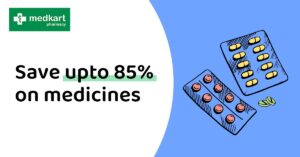Last updated on April 9th, 2025 at 06:14 pm
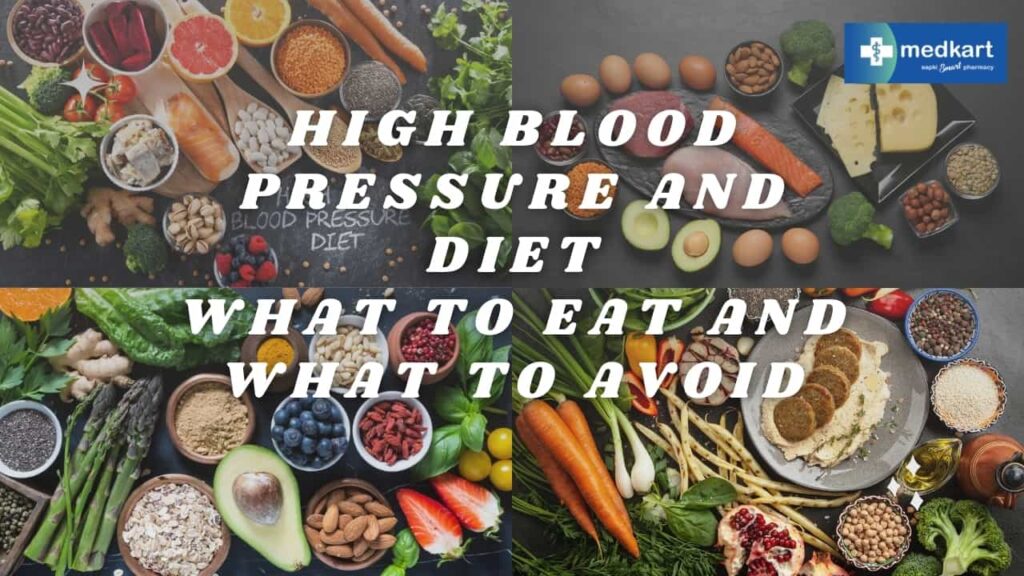
High blood pressure, also known as hypertension, is a common health condition that can lead to severe complications such as heart disease, stroke, and kidney problems if left untreated. While medication is usually necessary, proper diet is the most important factor in managing and even preventing hypertension. Knowing what to eat and what foods to avoid with high blood pressure can empower individuals to take control of their health.
Diet plays a direct role in blood pressure. Consuming foods rich in sodium, unhealthy fats, and added sugars may elevate blood pressure. Conversely, an adequate diet rich in potassium, magnesium, and fiber may help keep it in check. A hypertension diet chart is what is needed to really make a difference in managing this condition.
Top 15 Foods to Avoid with High Blood Pressure
1. Salted Snacks
Why Avoid : Chips, pretzels, and salted nuts are loaded with sodium, which directly contributes to water retention and increased blood pressure.
Better Alternative : Unsalted or lightly salted nuts, air-popped popcorn without added salt.
2. Processed Meats
Why Avoid : Foods like bacon, sausages, and deli meats are cured, smoked, or salted, making them extremely high in sodium and preservatives.
Better Alternative : Fresh, lean cuts of meat like chicken or turkey breast seasoned with herbs and spices.
3. Pickles and Canned Vegetables
Why Avoid : Pickled and canned products often contain high amounts of salt for preservation. Even “low-sodium” versions can add up if eaten frequently.
Better Alternative : Fresh or frozen vegetables seasoned with garlic, herbs, or a splash of lemon juice.
4. Fast Food
Why Avoid : Burgers, fries, fried chicken, and other fast-food items are high in sodium, trans fats, and unhealthy oils. All of these lead to high blood pressure and clogged arteries.
Better Alternative : Homemade food with fresh ingredients.
5. Frozen Meals
Why Avoid : Although frozen meals like lasagna, pizza, and TV dinners are convenient, they often contain high levels of sodium to flavor them and increase shelf life.
Better Alternative : Prepare and freeze your own meals with controlled seasoning and fresh ingredients.
6. Canned Soups
Why Avoid : Canned soups are deceptively high in sodium, even those labeled “healthy” or “low-fat.”
Better Alternative : Homemade soups using fresh vegetables, lean proteins, and herbs for flavor.
7. Cheese
Why Avoid: Many types of cheese, including cheddar, Parmesan, and feta, are high in salt and saturated fats.
Better Alternative: Low-sodium or plant-based cheeses, or use smaller portions of flavorful cheese like goat cheese.
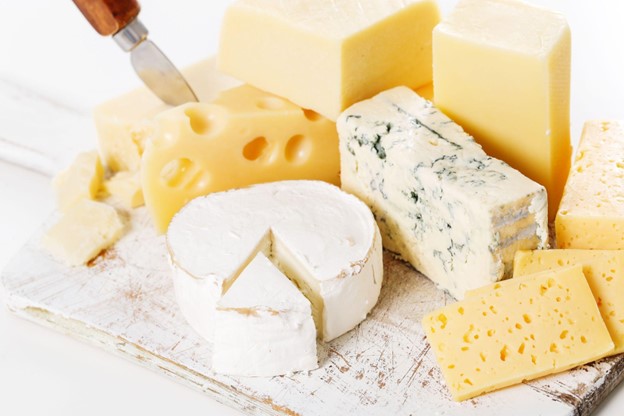
8. Sauces and Condiments
Why Avoid : Soy sauce, ketchup, barbecue sauce, and salad dressings all contain hidden sodium and sugar.
Better Alternative : Make your own condiments or choose low-sodium options. Use vinegar, olive oil, and spices to dress salads.
9. Processed Snacks
Why Limit/Avoid : Processed, packaged snack foods like instant noodles and crackers are high in sodium and often contain unhealthy trans fats.
Healthier Alternative : Whole-grain crackers or fresh fruits and vegetables, such as carrot sticks or apple slices.
10. Alcohol
Why Limit/Avoid : Drinking too much alcohol elevates blood pressure and may interact with blood pressure medicines.
Healthier Alternative : Try to limit intake to one drink per day for women and two for men; or do not consume it at all.
11. Sugary Drinks
Why Avoid : Soda, sweet tea, and sugary juices contain too many calories and sugar that lead to weight gain and are one of the top risk factors for developing high blood pressure.
Better Alternative : Unsweetened tea, fruit-infused water, or natural coconut water.
12. Energy Drinks
Why Avoid: Energy drinks contain a significant amount of caffeine and sugar that can raise blood pressure for the moment and contribute to damage to the cardiovascular system over time.
Better Alternative : Choose green tea or herbal teas for natural energy.
13. Fatty Cuts of Meat
Why Avoid : Red meat with high fat content like ribeye steaks and pork belly are rich in saturated fats, which may result in arterial stiffness and blood pressure.
Better Alternative : Lean cuts of meat like chicken breast or fish rich in omega-3 fatty acids.
14. Butter and Margarine
Why Steer Clear Of : Both have saturated and trans fats that can increase cholesterol and worsen hypertension.
Best Alternative : Use healthy heart oils such as olive or avocado oil for cooking and baking.
15. Pastries
Why Avoid : Cakes, cookies, pies, and other baked products tend to have high sodium levels due to baking soda and powder; sugars; and unhealthy fats.
Better Alternative : Make your own treats using whole-grain flours, minimal sugar, and heart-healthy fats like almond butter or coconut oil.
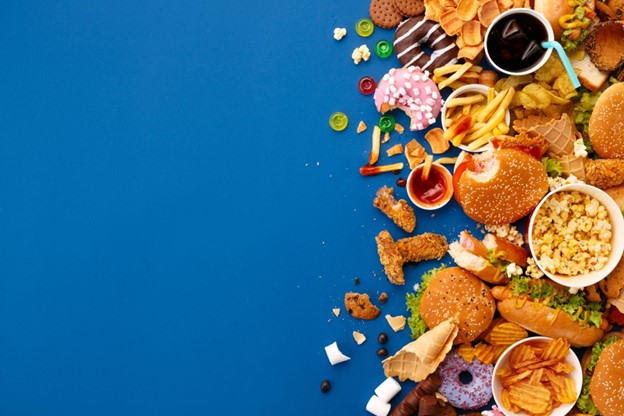
Understanding the impact of these foods on your blood pressure can be very important for your long-term heart health. In order to manage high blood pressure, you will effectively avoid these 15 foods and replace them with much healthier alternatives. You may adopt a comprehensive hypertension diet chart that focuses on fresh, whole, and nutrient-rich foods.
Small, consistent changes in your diet and lifestyle can make all the difference in managing and controlling hypertension and risk factors for complications.
What to Eat for High Blood Pressure
The right foods help manage and lower high blood pressure. Here’s a guide “What to Eat for High Blood Pressure”:
Fruits and Vegetables
- Leafy Greens : Spinach, kale, and collard greens are rich in potassium, which helps balance sodium levels.
- Berries : Blueberries, strawberries, and raspberries are rich in antioxidants that help improve blood circulation.
- Bananas : The fruit is a good source of potassium, which has the effect of reducing sodium intake.
- Citrus Fruits : Oranges, grapefruits, and lemons contain much vitamin C and are, therefore, good for health.
Whole Grains
- Oats : Fiber rich, oats help reduce the level of cholesterol.
- Quinoa and Brown Rice : Rich in energy and fiber, these are whole grains that provide sustenance.
Lean Proteins
- Fish : Fatty fish like salmon and mackerel are rich in omega-3 fatty acids.
- Legumes : Lentils, chickpeas, and black beans are sources of protein without added fats.
- Nuts and Seeds : Almonds, flaxseeds, and chia seeds are good sources of healthy fats and magnesium.
Low-Fat Dairy
- Yogurt : A good source of calcium and low in fat.
- Skim Milk : Good source of calcium and vitamin D with minimal fat content.
Herbs and Spices
- Use herbs like garlic, basil, and oregano to flavor your meals instead of salt.
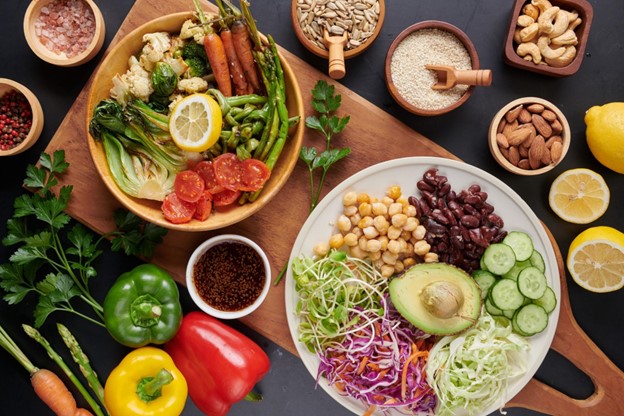
Sample Diet Chart For Hypertension Patient
Here’s a simple diet chart for high BP patients to help them maintain a healthy routine:
Morning
- Breakfast : A bowl of oatmeal with berries and a handful of almonds.
- Beverage : Unsweetened green tea or a glass of skim milk.
Mid-Morning Snack
- A banana or a handful of unsalted nuts.
Lunch
- Main Dish : Grilled salmon or a lean chicken breast.
- Sides : Steamed broccoli and quinoa.
- Salad : A mix of spinach, cucumber, and tomatoes with a dash of olive oil.
Evening Snack
- Low-fat yogurt with some chia seeds added.
Dinner
- Meat/Lentil Main Dish : A bowl of brown rice with mixed veggies or lentil soup
- Sides : A small helping of roasted sweet potatoes.
Before Bed
- Warm skim milk or herbal tea in a glass.
Tips for Managing High Blood Pressure Through Diet
- Monitor Sodium Intake : Aim for less than 2,300 mg per day, and ideally closer to 1,500 mg.
- Hydrate : Drink plenty of water to maintain proper circulation.
- Portion Control : Overeating, even healthy foods, can lead to weight gain, increasing blood pressure.
- Cook at Home : This helps you control ingredients and reduce sodium.
- Follow the DASH Diet : The Dietary Approaches to Stop Hypertension (DASH) diet emphasizes fruits, vegetables, lean proteins, and whole grains.
Conclusion
Balanced dietary recommendations for hypertension are critical in providing long-term health benefits. Avoiding harmful foods while incorporating nutrient-rich food sources can reduce blood pressure effectively and ensure overall wellness. Use a structured diet chart of hypertension patients as your reference guide, and incorporate one by one those changes to be included into your daily eating habit for a sustainable lifestyle. It all starts with your diet so think ahead of being healthy.
FAQs on High Blood Pressure and Diet: What to Eat and What to Avoid
1. What are the top foods to avoid with high blood pressure?
Processed meats, salty snacks, canned soups, and sugary beverages are some foods to avoid with high blood pressure. These items are high in sodium, unhealthy fats, and sugars, which can raise blood pressure levels. Opt for fresh, whole foods as healthier alternatives.
2. What is the best food for high BP management?
The food with high potassium, magnesium, and fiber intake helps to manage high BP effectively. Some of the good foods for high BP include green leafy vegetables, fruits such as berries, bananas, and fatty fish.
3. What to eat for high blood pressure control?
Emphasize a diet rich in whole grains, fresh fruits, vegetables, lean proteins, and low-fat dairy. These foods contain essential nutrients that help decrease blood pressure efficiently while avoiding complications.
4. What to eat when BP is high to bring it down quickly?
When BP spikes, consume potassium-rich foods like bananas, oranges, and spinach. Hydrate with water or herbal teas, and include nuts or seeds as snacks to stabilize your levels while avoiding processed or salty foods.
Related Links :
Exercise for High Blood Pressure
BP Normal Range for Female
A Guide to Normal Sugar Levels Chart
7 High Blood Pressure facts
10 Ways to Prevent High Blood Pressure
Different Types of Hypertension
